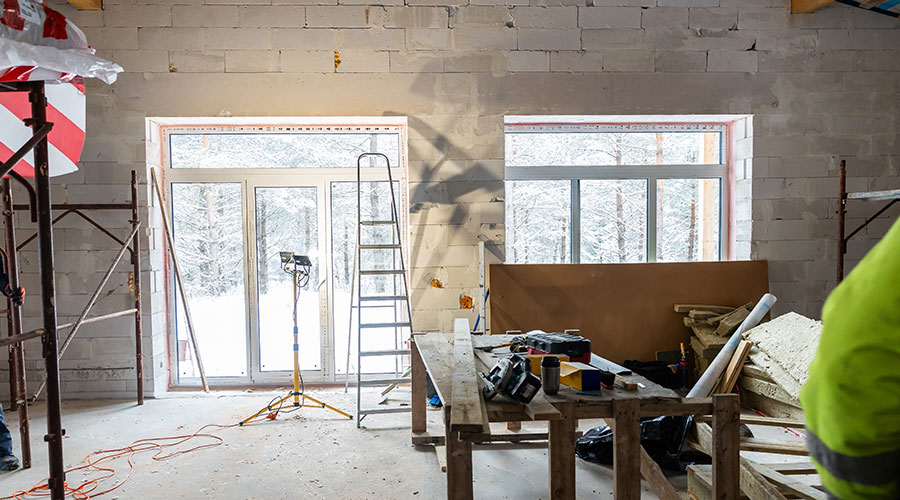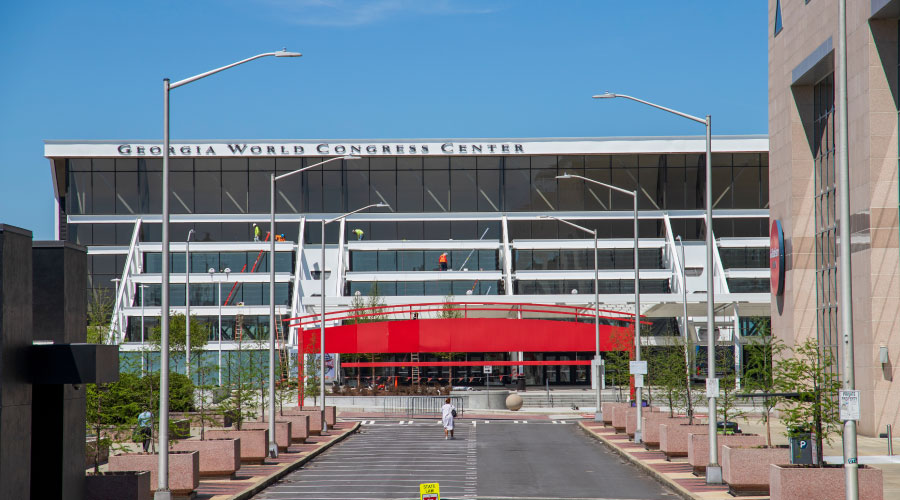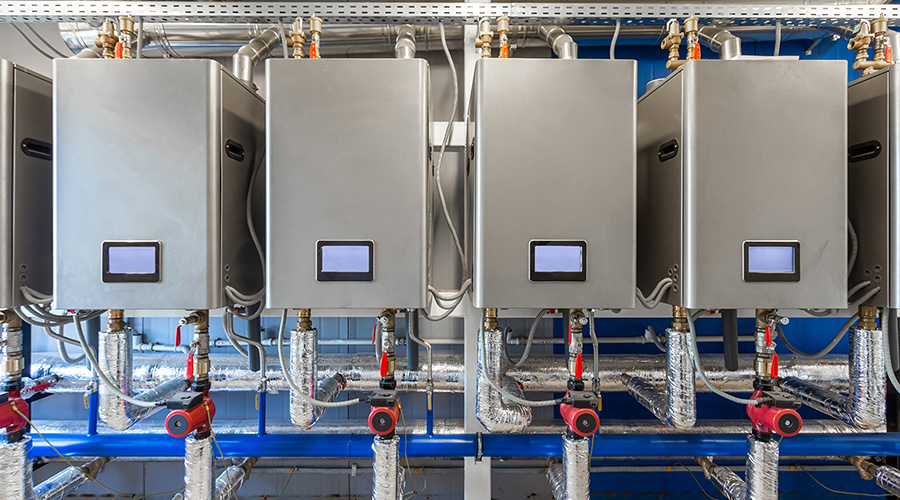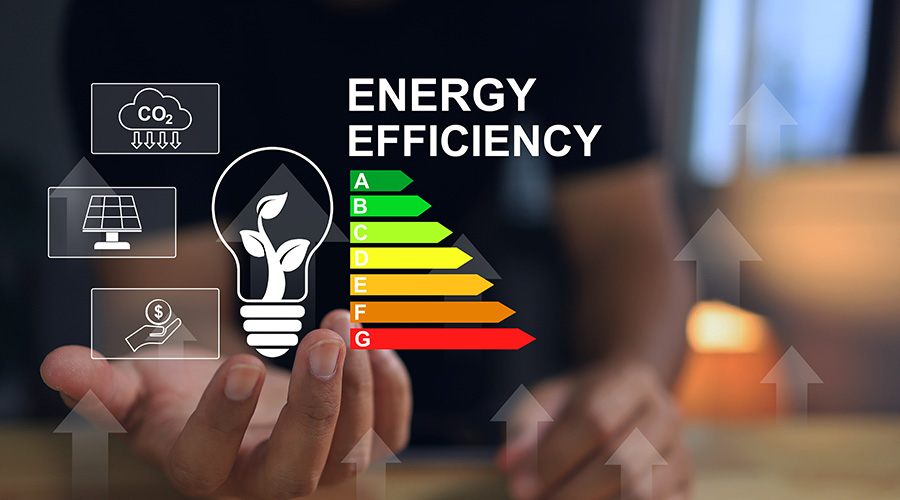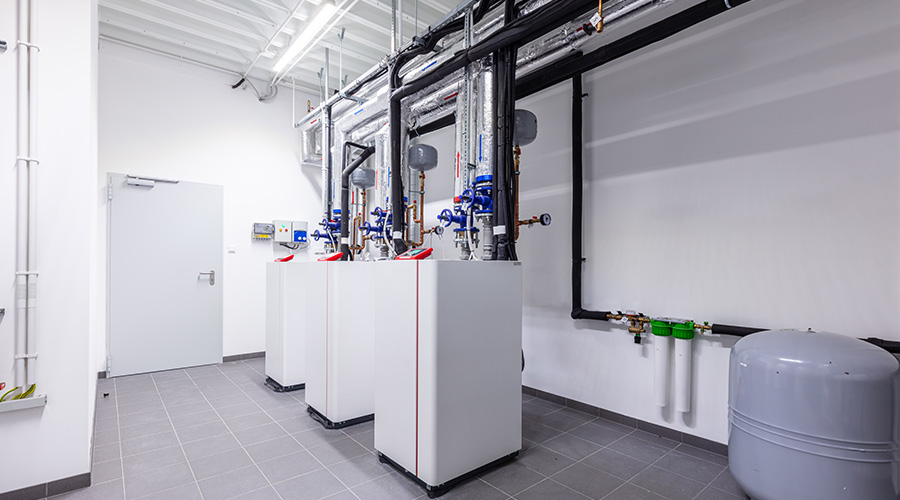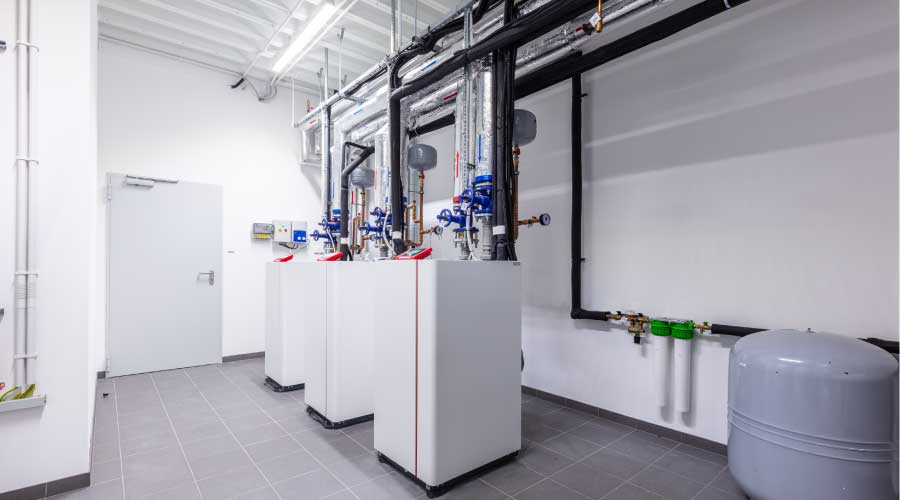Georgia World Congress Center Upgrades Boilers and Chillers, Ensuring Efficiency and Continuity
The convention center staff recognized the need to unite the mechanical plants so they could work together.
By Dave Lubach, Executive Editor
The boiler and chiller upgrade project started in October 2015 and was completed in February 2017. During those 18 months, the convention center stayed open and continued hosting events.
The project included centralizing two boiler and chiller plants and delivering new chillers and boilers and the auxiliary equipment to operate them. It also included a lighting upgrade.
“One of the good things was we had two different chiller plants, two different boiler plants,” Rosser says. “One plant was part of Building C, and one was part of Building B, so when the upgrades were only affecting B building, we were able to keep C running. Because of the expansions we’ve done, we had two plants. We were tremendously lucky because that helped us out.”
The convention center decided to install one chiller with 1,490 tons of capacity and three chillers with 1,650 tons of capacity, respectively, and six dual-fuel, high-efficiency 5 million BTU condensing hydronic boilers. The boilers replaced four hot water fire-tube boilers that were installed in the early 1980s and early 1990s.
With a dual-fuel setup, the convention center can continue to operate by changing over to fuel if extreme weather cuts off the natural gas supply.
“We needed them for curtailment purposes,” Rosser says. “If I’m using natural gas at this facility and I’ve got a lot of boilers, especially if I have a big show here, I’m putting a lot of load on the system and the boilers. If it’s cold and the system starts having issues and the utility wants us to take off some of our gas, I can go to fuel, and they’ll give us a better rate for being able to do that. It helps us in the long run, but it’s also there to save the system so there isn’t a failure.”
During the expansion, the plants were not connected and were unable to communicate with the operating systems in the other buildings. The convention center staff recognized the need to unite the mechanical plants so they could work together.
“When we did our planning and our expansion, at some point we made a decision to tie the buildings together and have redundancy in the systems,” Duvall says. “There was some pre-planning that went into it. You can heal your own wounds or stub your toe as you expand facilities, and that’s why we put the chillers in Building C online. We knew we needed redundancy in case something happened to the chiller plant in Building B.”
Maintenance and training
Rosser started his career with a firm that serviced residential and commercial buildings, so moving to the convention center in October 1990 allowed him to work with the larger, more powerful equipment.
During that time, he has seen dramatic technological improvements with boiler systems.
“Sometimes you go down there to the plants, and you wish you had the old stuff back,” he says. “But then you look at the new stuff, and you can see it from the front end and operate it from there, and there’s so much convenience to run it that you don’t need the old equipment.”
Under an agreement with the equipment supplier, the center’s maintenance responsibilities became the responsibility of the supplier. In-house staff were trained in systems operations and monitoring, but significant repairs are the supplier’s responsibility.
Rosser’s staff checks the equipment three or four times a day and logs the results. The supplier also monitors the systems so the supplier and staff can work together to ensure the systems are running properly.
“The supplier did the first original training (and) showed us how to do things, and we’ve been handling it very well,” Rosser says. “We haven’t had a whole lot of turnover, so we’ve been pretty good. The guys have learned it and stayed on. But if we needed more training, they would be more than willing to come on out and help me out. We recorded the training, and I still have it on a flash drive, and we can pull that out and look at it if I need to.”
The upgrade project was complex with many moving parts, but the most important decision in the process might be one of the first one – choosing the right partner to work with that provides not only reliable and efficient equipment but also offered support after the equipment was in place.
“You have to find a willing partner,” Duvall says. “We went through a process (and) identified potential partners, and they came in with the right spirit to understand all the nuances. We’re building other stuff around here, including a new hotel. It takes the right partnership to do that.”
Dave Lubach is the executive editor for the facility market. He has eight years of experience covering facilities management and maintenance.
Related Topics:






